Cutting Processes of Natural Fiber-Reinforced Polymer Composites
Abstract
1. Introduction
2. NFRP Composites: Definition and Classification
3. Cutting Processes of Natural Fiber-Reinforced Polymer Composites
3.1. Conventional Cutting Processes
3.2. Unconventional Cutting Processes
3.2.1. Abrasive Water Jet Cutting Process (AWJM)
Surface Roughness (SR)
Kerf Taper Angle (Kt)
Material Removal Rate (MRR)
Delamination Studies
3.2.2. Laser Beam Cutting Technology
4. Conclusions
Author Contributions
Funding
Acknowledgments
Conflicts of Interest
References
- Sapuan, S.M.; Jawaid, M.; Yusof, N.B.; Enamul Hoque, M. Manufacturing of Natural Fiber Reinforced Polymer Composites, 1st ed.; Springer: Cham, Switzerland; Heidelberg, Germany; New York, NY, USA; Dordrecht, The Netherland; London, UK, 2015; pp. 2–3. [Google Scholar]
- Alaaeddin, M.H.; Sapuan, S.M.; Zuhri, M.Y.M.; Zainudin, E.S.; Oqla, F.M.A.L. Physical and mechanical properties of polyvinylidene fluoride—Short sugar palm fiber nanocomposites. J. Clean. Prod. 2019, 235, 473–482. [Google Scholar] [CrossRef]
- Al-Oqla, F.M.; Sapuan, S.M. Natural fiber reinforced polymer composites in industrial applications: Feasibility of date palm fibers for sustainable automotive industry. J. Clean. Prod. 2014, 66, 347–354. [Google Scholar] [CrossRef]
- Ammar, I.M.; Huzaifah, M.R.M.; Sapuan, S.M.; Leman, Z.; Ishak, M.R. Mechanical properties of environment-friendly sugar palm fibre reinforced vinyl ester composites at different fibre arrangements. Environ. Asia 2019, 12, 25–35. [Google Scholar]
- Bachmann, J.; Yi, X.; Gong, H.; Martinez, X.; Bugeda, G.; Oller, S.; Tserpes, K.; Ramon, E.; Paris, C.; Moreira, P.; et al. Outlook on ecologically improved composites for aviation interior and secondary structures. CEAS Aeronaut. J. 2018, 9, 533–543. [Google Scholar] [CrossRef]
- Norizan, M.N.; Abdan, K.; Salit, M.S.; Mohamed, R. Physical, mechanical and thermal properties of sugar palm yarn fibre loading on reinforced unsaturated polyester composites. J. Phys. Sci. 2017, 28, 115–136. [Google Scholar] [CrossRef]
- Chegdani, F.; El Mansori, M. Tribo-functional effects of double-crossed helix on surface finish, cutting friction and tool wear mechanisms during the milling process of natural fiber composites. Wear 2019, 426–427, 1507–1514. [Google Scholar] [CrossRef]
- Kalirasu, S.; Rajini, N.; Rajesh, S.; Siengchin, H.S.; Ramaswamy, S.N. AWJ machinability performance of CS/UPR composites with the effect of chemical treatment. Mater. Manuf. Process. 2018, 33, 452–461. [Google Scholar] [CrossRef]
- Ismail, S.O.; Dhakal, H.N.; Dimla, E.; Beaugrand, J.; Popov, I. Effects of drilling parameters and aspect ratios on delamination and surface roughness of lignocellulosic HFRP composite laminates. J. Appl. Polym. Sci. 2016, 133, 1–8. [Google Scholar] [CrossRef]
- Çelik, Y.H.; Kilickap, E.; Kilickap, A.İ. An experimental study on milling of natural fiber (jute)- reinforced polymer composites. J. Compos. Mater. 2019, 53, 3127–3137. [Google Scholar] [CrossRef]
- Lotfi, A.; Li, H.; Dao, D.V.; Prusty, G. Natural fiber–reinforced composites: A review on material, manufacturing, and machinability. J. Thermoplast. Compos. Mater. 2019. [Google Scholar] [CrossRef]
- Rajmohan, T.; Vinayagamoorthy, R.; Mohan, K. Review on effect machining parameters on performance of natural fibre–reinforced composites (NFRCs). J. Thermoplast. Compos. Mater. 2018, 32, 1282–1302. [Google Scholar] [CrossRef]
- Vinayagamoorthy, R.; Rajmohan, T. Machining and its challenges on bio-fibre reinforced plastics: A critical review. J. Reinf. Plast. Compos. 2018, 37, 1037–1050. [Google Scholar] [CrossRef]
- Nassar, M.M.A.; Arunachalam, R.; Alzebdeh, K.I. Machinability of natural fiber reinforced composites: A review. Int. J. Adv. Manuf. Technol. 2017, 88, 2985–3004. [Google Scholar] [CrossRef]
- Chegdani, F.; Mezghani, S.; El Mansori, M.; Mkaddem, A. Fiber type effect on tribological behavior when cutting natural fiber reinforced plastics. Wear 2015, 332–333, 772–779. [Google Scholar] [CrossRef]
- Jani, S.P.; Kumar, A.S.; Khan, M.A.; Kumar, M.U. Machinablity of hybrid natural fiber composite with and without filler as reinforcement. Mater. Manuf. Process. 2016, 31, 1393–1399. [Google Scholar] [CrossRef]
- Maleki, H.R.; Hamedi, M.; Kubouchi, M.; Arao, Y. Experimental study on drilling of jute fiber reinforced polymer composites. J. Compos. Mater. 2019, 53, 283–295. [Google Scholar] [CrossRef]
- Abdullah, A.B.; Sapuan, S.M. Hole-Making and Drilling Technology for Composites, 1st ed.; Woodhead: Duxford, UK, 2019; pp. 1–100. [Google Scholar]
- Dhakal, H.N.; Ismail, S.O.; Ojo, S.O.; Paggi, M.; Smith, J.R. Abrasive water jet drilling of advanced sustainable bio-fibre-reinforced polymer/hybrid composites: A comprehensive analysis of machining-induced damage responses. Int. J. Adv. Manuf. Technol. 2018, 99, 2833–2847. [Google Scholar] [CrossRef]
- Miller, L.; Soulliere, K.; Sawyer-Beaulieu, S.; Tseng, S.; Tam, E. Challenges and alternatives to plastics recycling in the automotive sector. Materials (Basel) 2014, 7, 5883–5902. [Google Scholar] [CrossRef]
- Mohammed, L.; Ansari, M.N.M.; Pua, G.; Jawaid, M.; Islam, M.S. A Review on Natural Fiber Reinforced Polymer Composite and Its Applications. Int. J. Polym. Sci. 2015, 2015, 243947. [Google Scholar] [CrossRef]
- Saba, N.; Tahir, P.M.; Jawaid, M. A review on potentiality of nano filler/natural fiber filled polymer hybrid composites. Polymers (Basel) 2014, 6, 2247–2273. [Google Scholar] [CrossRef]
- Zajac, J.; Hutyrová, Z.; Orlovský, I. Investigation of surface roughness after turning of one kind of the bio-material with thermoplastic matrix and natural fibers. Adv. Mater. Res. 2014, 941–944, 275–279. [Google Scholar] [CrossRef]
- Díaz-Álvarez, A.; Rubio-López, Á.; Santiuste, C.; Miguélez, M.H. Experimental analysis of drilling induced damage in biocomposites. Text. Res. J. 2018, 88, 2544–2558. [Google Scholar] [CrossRef]
- Solati, A.; Hamedi, M.; Safarabadi, M. Comprehensive investigation of surface quality and mechanical properties in CO2 laser drilling of GFRP composites. Int. J. Adv. Manuf. Technol. 2019, 102, 791–808. [Google Scholar] [CrossRef]
- Abilash, N.; Sivapragash, M. Optimizing the delamination failure in bamboo fiber reinforced polyester composite. J. King Saud Univ. Eng. Sci. 2016, 28, 92–102. [Google Scholar] [CrossRef]
- Díaz-Álvarez, A.; Díaz-Álvarez, J.; Santiuste, C.; Miguélez, M.H. Experimental and numerical analysis of the influence of drill point angle when drilling biocomposites. Compos. Struct. 2019, 209, 700–709. [Google Scholar] [CrossRef]
- Yallew, T.B.; Kumar, P.; Singh, I. A study about hole making in woven jute fabric-reinforced polymer composites. Proc. Inst. Mech. Eng. Part L J. Mater. Des. Appl. 2016, 230, 888–898. [Google Scholar] [CrossRef]
- Maleki, H.R.; Hamedi, M.; Kubouchi, M.; Arao, Y. Experimental investigation on drilling of natural flax fiber-reinforced composites. Mater. Manuf. Process. 2018, 34, 283–292. [Google Scholar] [CrossRef]
- Venkateshwaran, N.; Elaya Perumal, A. Hole quality evaluation of natural fiber composite using image analysis technique. J. Reinf. Plast. Compos. 2012, 32, 1188–1197. [Google Scholar] [CrossRef]
- Babu, G.D.; Babu, K.S.; Gowd, B.U.M. Effect of machining parameters on milled natural fiber-reinforced plastic composites. J. Adv. Mech. Eng. 2013, 1, 1–12. [Google Scholar] [CrossRef]
- Jayabal, S.; Velumani, S.; Navaneethakrishnan, P.; Palanikumar, K. Mechanical and machinability behaviors of woven coir fiber-reinforced polyester composite. Fibers Polym. 2013, 14, 1505–1514. [Google Scholar] [CrossRef]
- Sakib, M.S.; Rahman, M.; Ferdous, M.; Dhar, N.R. Roundness and taper of holes during drilling composites of various thickness by HSS drill bit under dry condition. AIP Conf. Proc. 2017, 1919, 020007. [Google Scholar] [CrossRef]
- Pinzelli, R. Cutting and machining of composites based on aramid fibres. Compos. Plast. Renf. Fibres Verre 1990, 30, 17–23. [Google Scholar]
- Kalirasu, S. Abrasive waterjet machining (awjm) performance of natural fibre based polyester composites. ACGE J. 2018. [Google Scholar] [CrossRef]
- Ajit, D.; Shailendra, K. Abrasive waterjet machining of composites: A review. J. Manuf. Eng. 2014, 9, 136–142. [Google Scholar]
- Dhanawade, A.; Kumar, S.; Kalmekar, R.V. Abrasive waterjet machining of composites: A review. AIP Conf. Proc. 2012, 1431, 535. [Google Scholar]
- Kumar, K.R.; Sreebalaji, V.S.; Pridhar, T. Characterization and optimization of Abrasive Water Jet Machining parameters of aluminium/tungsten carbide composites. Measurement 2018, 117, 57–66. [Google Scholar] [CrossRef]
- Akkurt, A.; Kulekci, M.K.; Seker, U.; Ercan, F. Effect of feed rate on surface roughness in abrasive waterjet cutting applications. J. Mater. Process. Technol. 2004, 147, 389–396. [Google Scholar] [CrossRef]
- Momber, A.W.; Kovacevic, R. Principles of Abrasive Water Jet Machining, 1st ed.; Springer: London, UK, 1998; pp. 20–230. [Google Scholar]
- Ramesha, K.; Santhosh, N.; Kiran, K.; Manjunath, N.; Naresh, H. Effect of the Process Parameters on Machining of GFRP Composites for Different Conditions of Abrasive Water Suspension Jet Machining. Arab. J. Sci. Eng. 2019, 44, 7933–7943. [Google Scholar] [CrossRef]
- El-Hofy, M.; Helmy, M.O.; Escobar-Palafox, G.; Kerrigan, K.; Scaife, R.; El-Hofy, H. Abrasive Water Jet Machining of Multidirectional CFRP Laminates. Procedia CIRP 2018, 68, 535–540. [Google Scholar] [CrossRef]
- Begic-Hajdarevic, D.; Cekic, A.; Mehmedovic, M.; Djelmic, A. Experimental study on surface roughness in abrasive water jet cutting. Procedia Eng. 2015, 100, 394–399. [Google Scholar] [CrossRef]
- Ergene, Ç.B.B. A review on the recent investigation trends in abrasive waterjet cutting and turning of hybrid composites. Sigma J. Eng. Nat. Sci./Mühendislik Ve Fen Bilimleri Derg. 2017, 41, 84–93. [Google Scholar]
- Gupta, K.; Rajakumaran, M. Evaluation of machining performance of pineapple filler based reinforced polymer composites using abrasive water jet machining process. In Proceedings of the Conference of the South African Advanced Materials Initiative (CoSAAMI-2018), Vanderbijlpark, South Africa, 23–26 October 2018. [Google Scholar]
- Prabu, V.A.; Kumaran, S.T.; Uthayakumar, M. Performance Evaluation of Abrasive Water Jet Machining on Banana Fiber Reinforced Polyester Composite. J. Nat. Fibers 2017, 14, 450–457. [Google Scholar] [CrossRef]
- Kalirasu, S.; Rajini, N.; Jappes, J.T.W.; Uthayakumar, M.; Rajesh, S. Mechanical and machining performance of glass and coconut sheath fibre polyester composites using AWJM. J. Reinf. Plast. Compos. 2015, 34, 564–580. [Google Scholar] [CrossRef]
- Kumar, P.; Kant, R. Experimental Study of Abrasive Water Jet Machining of Kevlar Epoxy Composite. J. Manuf. Eng. 2019, 14, 26–32. [Google Scholar] [CrossRef]
- Dhanawade, A.; Kumar, S.; Kalmekar, R.V. Abrasive water jet machining of carbon epoxy composite. Def. Sci. J. 2016, 66, 522–528. [Google Scholar] [CrossRef][Green Version]
- Mullaikodi, S.M.; Shanmugasundaram, K.; Rao, V.S.; Rengarajan, S. Synthesis, characterization and machinability studies on thin hybrid composites with SiC nano particles. Mater. Res. Express 2019, 6, 6. [Google Scholar] [CrossRef]
- Ohlida., M.; Valicek, J.; Madr, V.; Halvac, L.M.; Drazik, M. Optical methods for surface analyses and their utilization for abrasive liquid jet automation. In Proceedings of the 2001 WJTA American Waterjet Conference—Minneapolis, Minnesota, Minneapolis, MN, USA, 18–21 August 2001; p. 1. [Google Scholar]
- MM, I.W.; Azmi, A.; Lee, C.; Mansor, A. Kerf taper and delamination damage minimization of FRP hybrid composites under abrasive water-jet machining. Int. J. Adv. Manuf. Technol. 2018, 94, 1727–1744. [Google Scholar] [CrossRef]
- Ruiz-Garcia, R.; Ares, P.F.M.; Vazquez-Martinez, J.M.; Gómez, J.S. Influence of abrasive waterjet parameters on the cutting and drilling of CFRP/UNS A97075 and UNS A97075/CFRP stacks. Materials (Basel) 2018, 12, 107. [Google Scholar] [CrossRef]
- Kalirasu, S.; Rajini, N.; Sagar, N.B.; Kumar, D.M.; Sankar, A.G. Studies of Abrasive Water Jet Machining (AWJM) Parameters on Banana/Polyester Composites Using Robust Design Concept. Appl. Mech. Mater. 2015, 787, 573–577. [Google Scholar] [CrossRef]
- Müller, M.; Valášek, P.; Linda, M.; Kolář, V. Research on water jet cutting of composites based on epoxy/microparticles from coconut shell. MATEC Web Conf. 2018, 244, 1–9. [Google Scholar] [CrossRef]
- Dhanawade, A.; Kumar, S. Experimental study of delamination and kerf geometry of carbon epoxy composite machined by abrasive water jet. J. Compos. Mater. 2017, 51, 3373–3390. [Google Scholar] [CrossRef]
- Vigneshwaran, S.; Uthayakumar, M.; Arumugaprabu, V. Abrasive water jet machining of fiber-reinforced composite materials. J. Reinf. Plast. Compos. 2018, 37, 230–237. [Google Scholar] [CrossRef]
- Alberdi, A.; Suárez, A.; Artaza, T.; Escobar-Palafox, G.A.; Ridgway, K. Composite cutting with abrasive water jet. Procedia Eng. 2013, 63, 421–429. [Google Scholar] [CrossRef]
- Kim, G.; Denos, B.R.; Sterkenburg, R. Influence of different piercing methods of abrasive waterjet on delamination of fiber reinforced composite laminate. Compos. Struct. 2020, 240, 112065. [Google Scholar] [CrossRef]
- Abidou, D.; Yusoff, N.; Nazri, N.; Awang, M.A.O.; Hassan, M.A.; Sarhan, A.A.D. Numerical simulation of metal removal in laser drilling using radial point interpolation method. Eng. Anal. Bound. Elem. 2017, 77, 89–96. [Google Scholar] [CrossRef]
- Donghua, L. CO2 Laser Cutting, 2nd ed.; Springer: London, UK, 1998; pp. 1–22. [Google Scholar]
- Sharma, A.; Yadava, V. Experimental analysis of Nd-YAG laser cutting of sheet materials—A review. Opt. Laser Technol. 2018, 98, 264–280. [Google Scholar] [CrossRef]
- Hirsch, P.; Bastick, S.; Jaeschke, P.; van den Aker, R.; Geyer, A.; Zscheyge, M.; Michel, P. Effect of thermal properties on laser cutting of continuous glass and carbon fiber-reinforced polyamide 6 composites. Mach. Sci. Technol. 2019, 23, 1–18. [Google Scholar] [CrossRef]
- Hambali, A.; Sapuan, S.M.; Ismail, N.; Nukman, Y. Material selection of polymeric composite automotive bumper beam using analytical hierarchy process. J. Cent. South Univ. Technol. 2010, 17, 244–256. [Google Scholar] [CrossRef]
- Quintero, F.; Riveiro, A.; Lusquiños, F.; Comesaña, R.; Pou, J. CO2 laser cutting of phenolic resin boards. J. Mater. Process. Technol. 2011, 211, 1710–1718. [Google Scholar] [CrossRef]
- Tamrin, K.F.; Nukman, Y.; Choudhury, I.A.; Shirley, S. Multiple-objective optimization in precision laser cutting of different thermoplastics. Opt. Lasers Eng. 2015, 67, 57–65. [Google Scholar] [CrossRef]
- El-Hofy, M.H.; El-Hofy, H. Laser beam machining of carbon fiber reinforced composites: A review. Int. J. Adv. Manuf. Technol. 2019, 101, 2965–2975. [Google Scholar] [CrossRef]
- Nugroho, G.; Winarbawa, H. Investigation of Agel Leaf Fiber/Unsaturated Polyester Composite Cutting Parameters Using CO2 Laser. In Proceedings of the 2018 4th International Conference on Science and Technology (ICST), Yogyakarta, Indonesia, 7–8 August 2018. [Google Scholar]
- Yusoff, N.; Osman, N.A.A.; Othman, K.S.; Zin, H.M. A study on laser cutting of textiles. J. Laser Appl. 2010, 2010, 1559–1566. [Google Scholar] [CrossRef]
- Eltawahni, H.A.; Olabi, A.G.; Benyounis, K.Y. Investigating the CO2 laser cutting parameters of MDF wood composite material. Opt. Laser Technol. 2011, 43, 648–659. [Google Scholar] [CrossRef]
- Raza, M.S.; Datta, S.; Bule, B.; Saha, P. Parametric study of laser cutting of carbon fibre reinforced polymer (CFRP) and the effect of fibre orientation on cutting quality. Adv. Mater. Process. Technol. 2019, 5, 202–212. [Google Scholar] [CrossRef]
- Li, M.; Li, S.; Yang, X.; Zhang, Y.; Liang, Z. Study on fibre laser machining quality of plain woven CFRP laminates. Appl. Phys. A Mater. Sci. Process. 2018, 124, 270. [Google Scholar] [CrossRef]
- Herzog, D.; Schmidt-Lehr, M.; Oberlander, M.; Canisius, M.; Radek, M.; Emmelmann, C. Laser cutting of carbon fibre reinforced plastics of high thickness. Mater. Des. 2016, 92, 742–749. [Google Scholar] [CrossRef]
- Li, M.; Li, S.; Yang, X.; Zhang, Y.; Liang, Z. Effect of lay-up configuration and processing parameters on surface quality during fiber laser cutting of CFRP laminates. Int. J. Adv. Manuf. Technol. 2019, 100, 623–635. [Google Scholar] [CrossRef]
- Wahab, M.S.; Rahman, N.A.; Mohamed, M.A.S.; Rahim, E.A. Optimization of laser cutting parameters on the laminated carbon fibre reinforced plastics (CFRP) composites using DOE technique. Appl. Mech. Mater. 2014, 660, 60–64. [Google Scholar] [CrossRef]
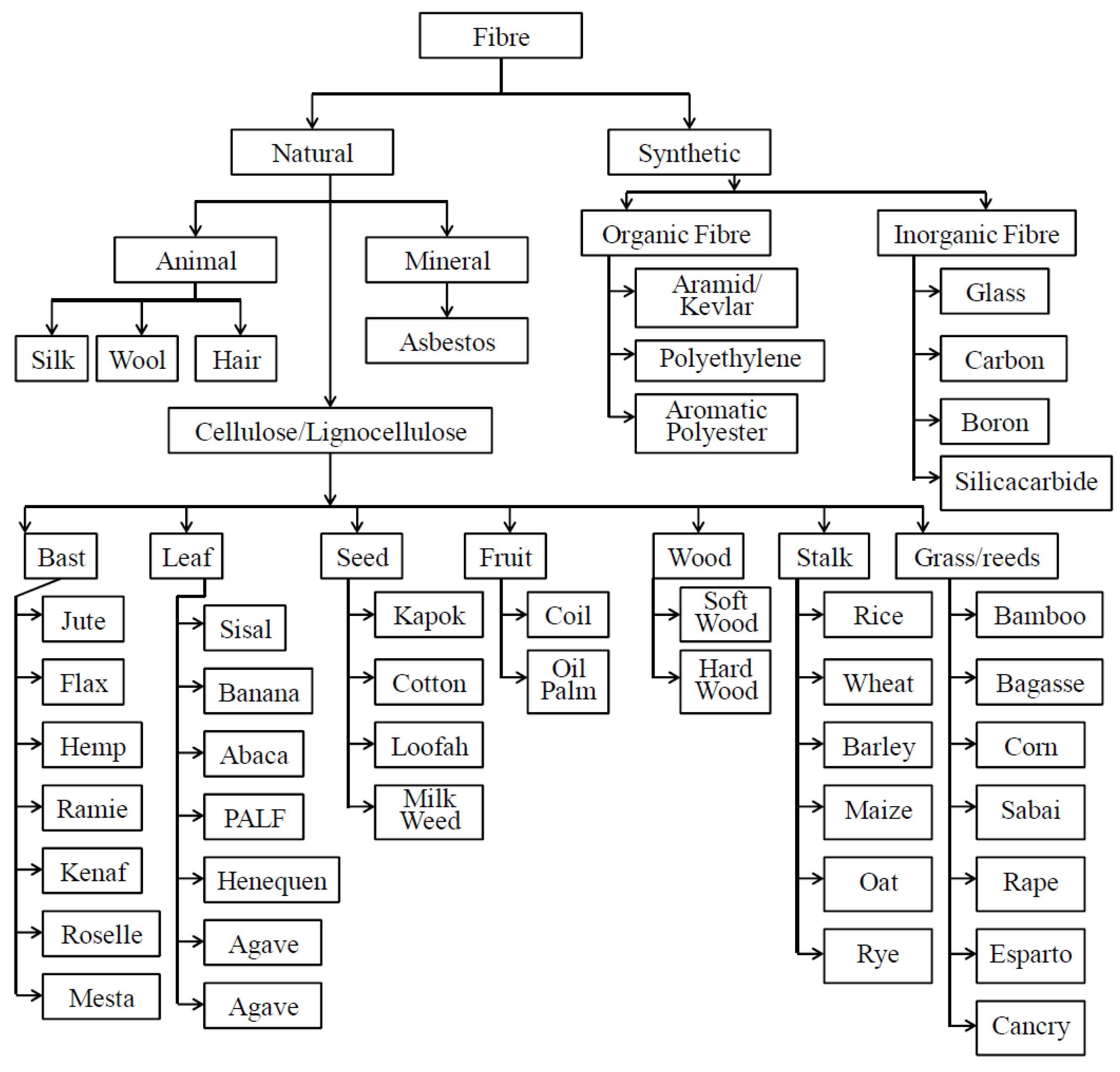
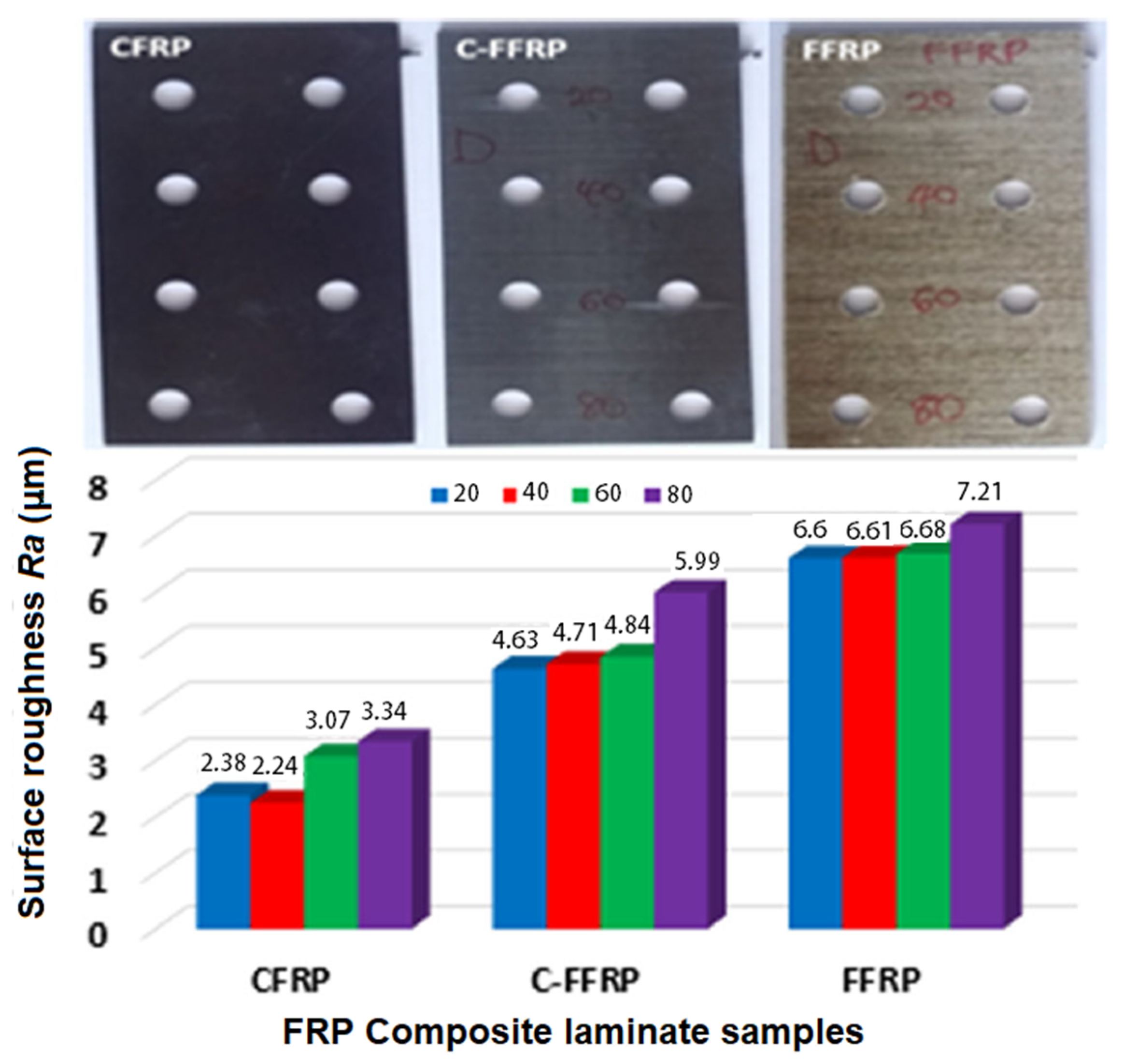

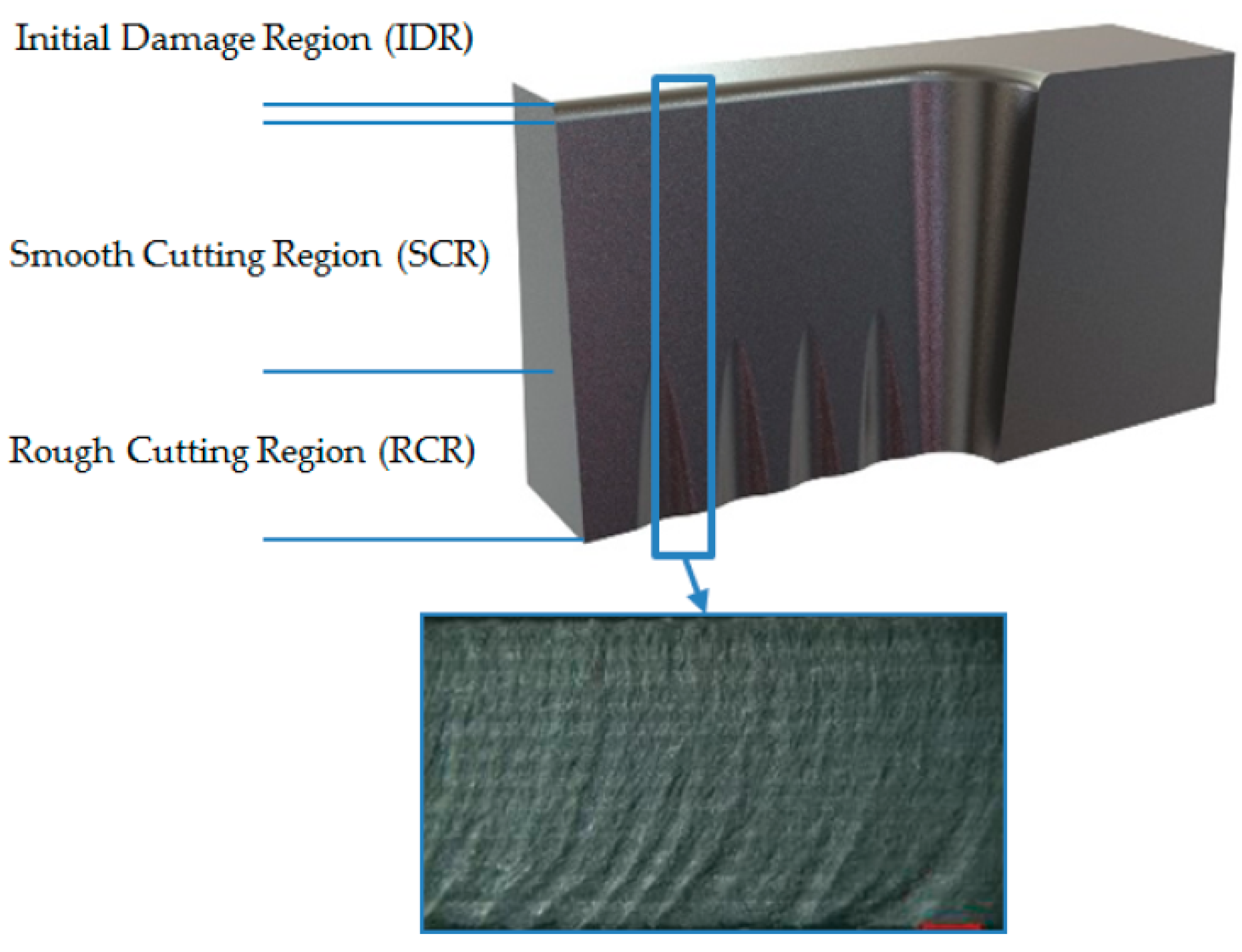
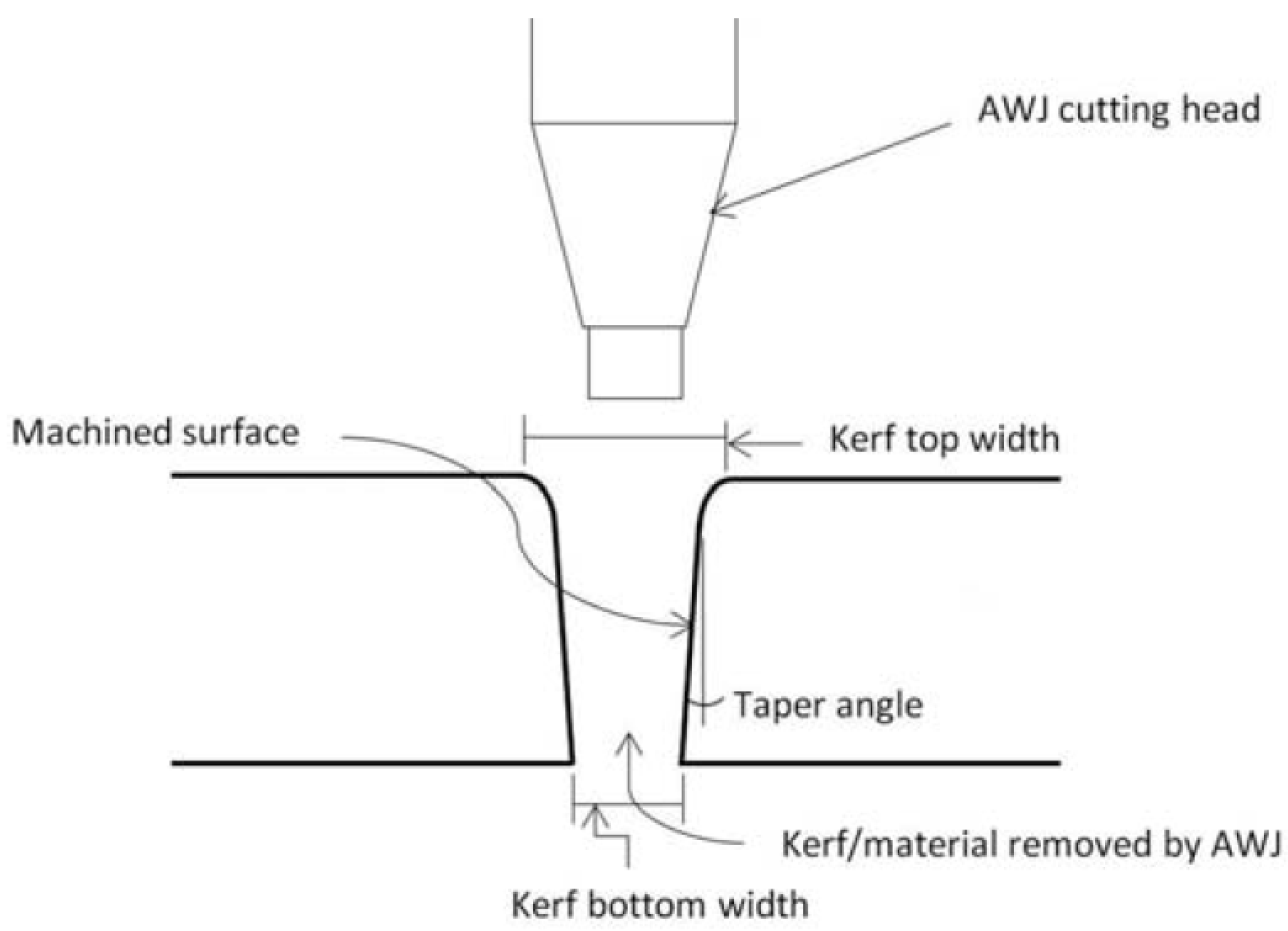
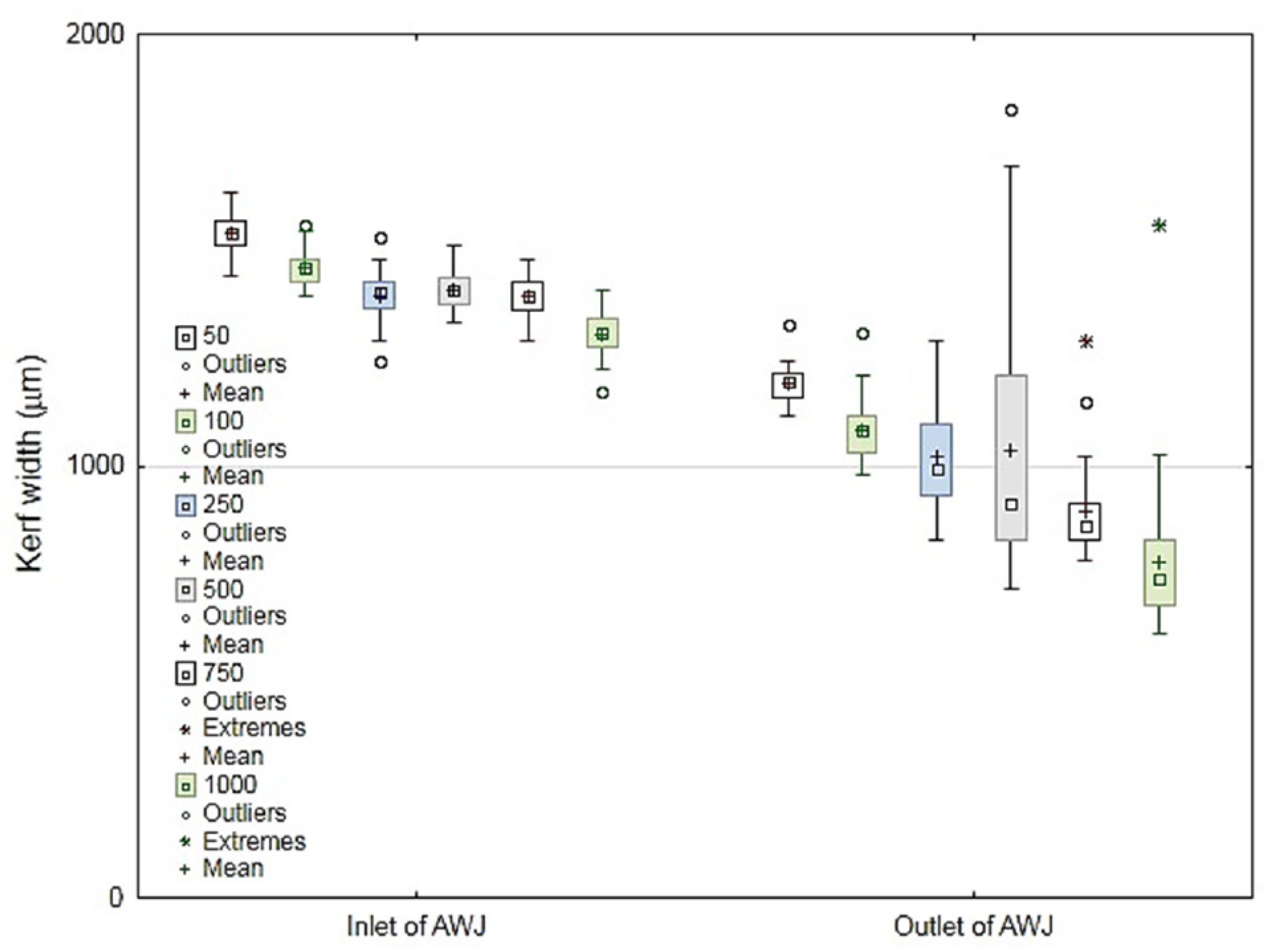
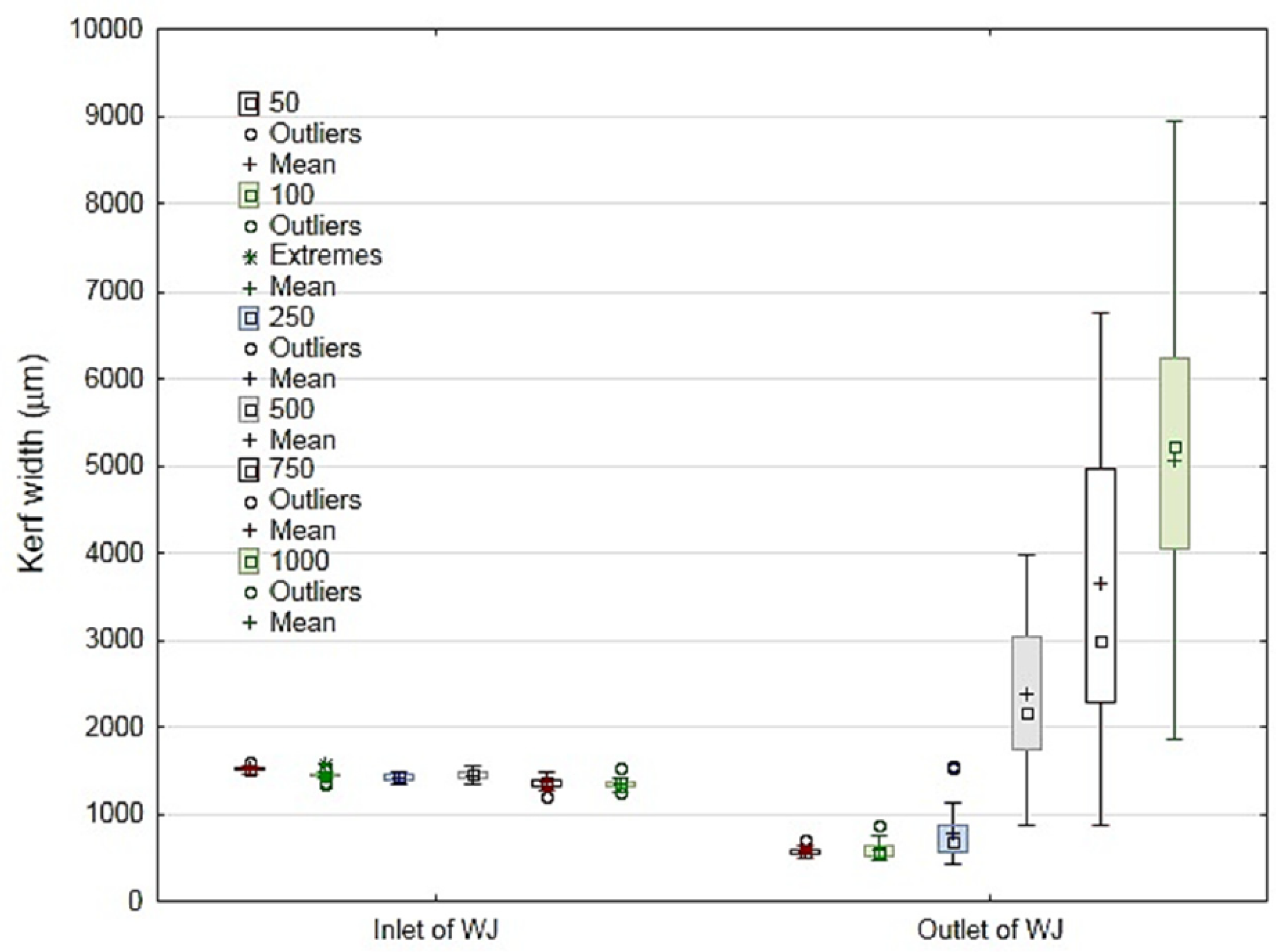
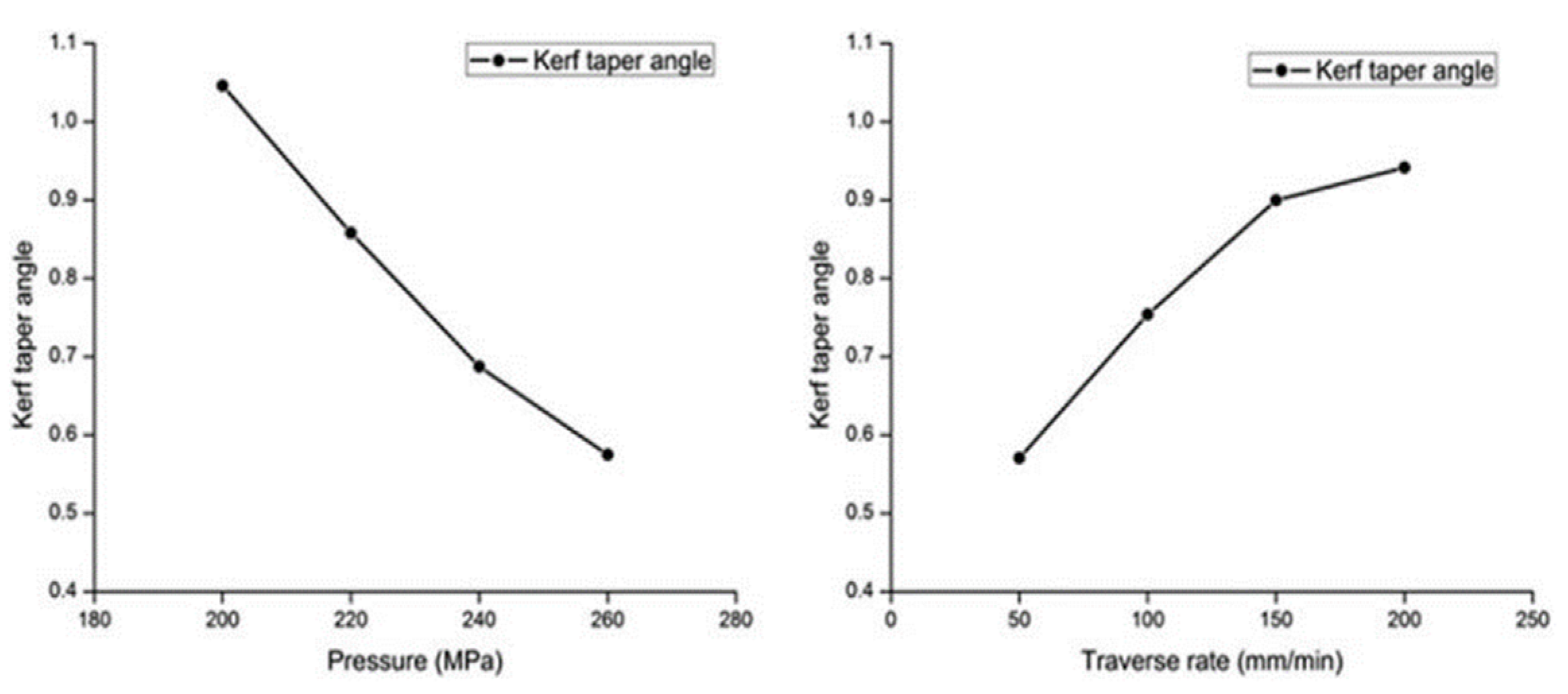
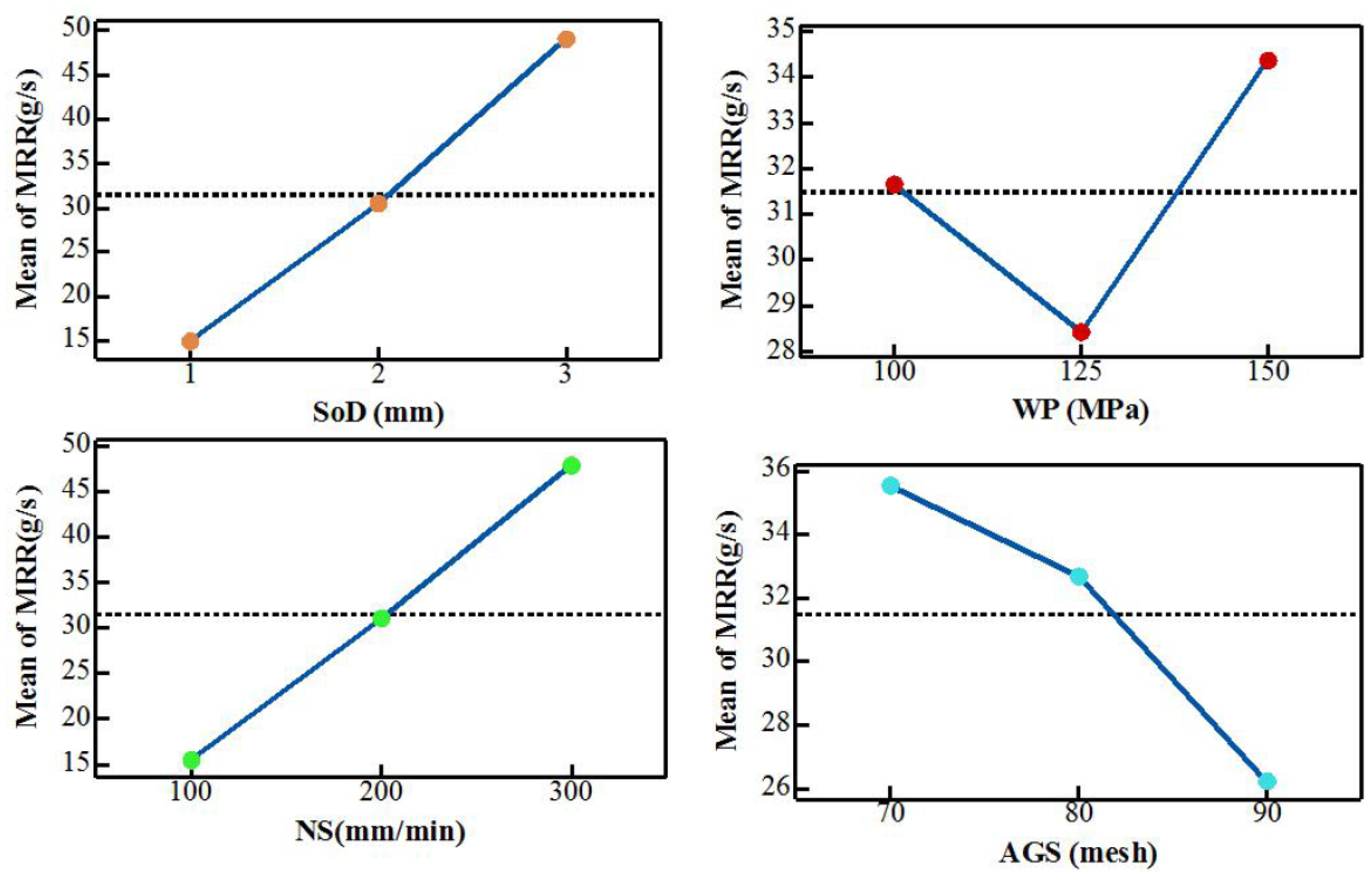
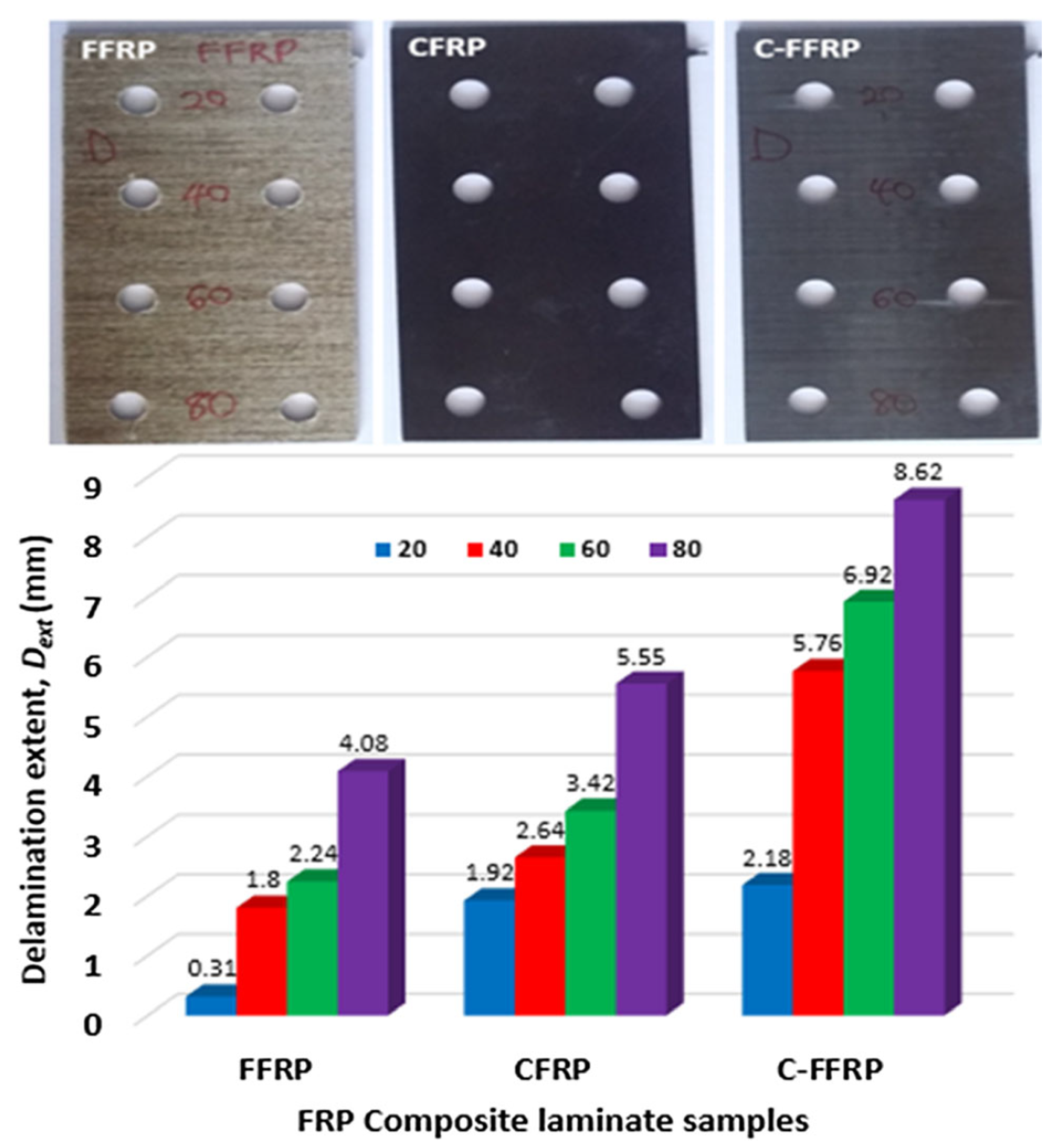
© 2020 by the authors. Licensee MDPI, Basel, Switzerland. This article is an open access article distributed under the terms and conditions of the Creative Commons Attribution (CC BY) license (http://creativecommons.org/licenses/by/4.0/).
Share and Cite
Masoud, F.; Sapuan, S.M.; Mohd Ariffin, M.K.A.; Nukman, Y.; Bayraktar, E. Cutting Processes of Natural Fiber-Reinforced Polymer Composites. Polymers 2020, 12, 1332. https://doi.org/10.3390/polym12061332
Masoud F, Sapuan SM, Mohd Ariffin MKA, Nukman Y, Bayraktar E. Cutting Processes of Natural Fiber-Reinforced Polymer Composites. Polymers. 2020; 12(6):1332. https://doi.org/10.3390/polym12061332
Chicago/Turabian StyleMasoud, Fathi, S.M. Sapuan, Mohd Khairol Anuar Mohd Ariffin, Y. Nukman, and Emin Bayraktar. 2020. "Cutting Processes of Natural Fiber-Reinforced Polymer Composites" Polymers 12, no. 6: 1332. https://doi.org/10.3390/polym12061332
APA StyleMasoud, F., Sapuan, S. M., Mohd Ariffin, M. K. A., Nukman, Y., & Bayraktar, E. (2020). Cutting Processes of Natural Fiber-Reinforced Polymer Composites. Polymers, 12(6), 1332. https://doi.org/10.3390/polym12061332






